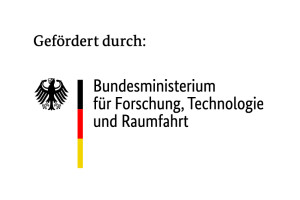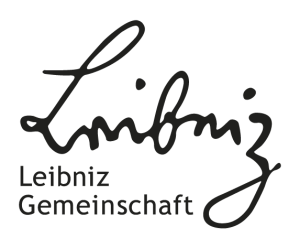Mass Spectrometry imaging (MSI) of large-scale metabolites and bioactive compounds is essential for improving the diagnosis and therapeutic monitoring of various diseases. MSI technology provides a spatial mapping directly from a tissue section at cellular resolution. Nonetheless, the spatial mapping of metabolites poses a challenge: Metabolite identification is the biggest bottleneck in conventional and spatial metabolomics due to the chemical diversity of the metabolome. This hampers a reliable clinical translation. Although there are several resources available for liquid chromatography and gas chromatography based metabolomic analyses, conventional metabolomics libraries are not suitable for MSI. The reason is due to differences in the data format and MS data acquisition or ionisation methods. That is why the project »Creating ‘Leibniz Mass Spectral Imaging Library’ for Identification of Primary & Secondary Metabolites« aims at creating the first-ever open-access MSI library of over 1000 bioactive compound standards on different matrix-assisted laser desorption/ionization (MALDI) MSI platforms.
The ‘Leibniz Mass Spectral Imaging (LMSI) library’ will help identify and categorise primary metabolites, which are essential for the growth and reproduction of cells, as well as secondary metabolites, which play a structural or functional role in body. The systemisation of knowledge on spatial metabolomics, for example in tumour tissue and patient-derived organoid models, will contribute to a better understanding of metabolic heterogeneity at sub-cellular resolution (< 20 μm).
Collaborative data acquisition & open source access
To construct the library, researchers at ISAS are currently conducting large scale data acquisition. For different subtypes of metabolite analysis, they cooperate with the Leibniz-Institut für Arbeitsforschung an der TU Dortmund (IfADo): The MS instrumentation Orbitrap-MALDI at ISAS and the MALDI Quadrupole Time-of-Flight (Q-TOF) MS at IfaDo have complementary analytical capabilities in terms of mass accuracy, resolution, acquisition speed, sensitivity, compound coverage and quantification limits.
The ‘Leibniz Mass Spectral Imaging Library’ and the results are going to be published as an open source web application for a broader impact within and beyond the metabolomics community. The researchers at ISAS will utilise the data analysis capabilities of the cloud service provided by the Leibniz Research Network Bioactive Compounds for sharing the library databases. This library will set the path for the development of a novel metabolite identification software as well as cheminformatics algorithms for the imaging of bioactive compounds from clinical tissue as well as 3D organoid samples.
Share
Select publications
Journal of Proteome Research, 2025
Smith KW, Fecke A, Kasarla SS, Phapale P.
Large-scale metabolite imaging gallery of mouse organ tissues to study spatial metabolism
https://doi.org/10.21203/rs.3.rs-3891634/v1

